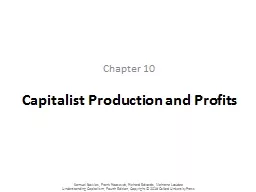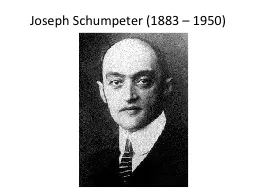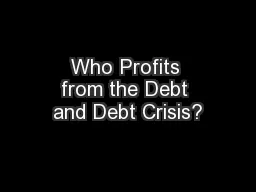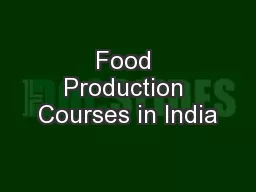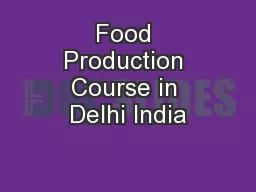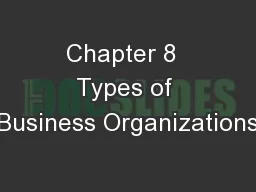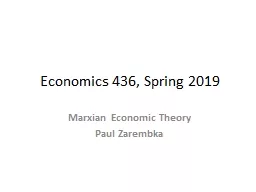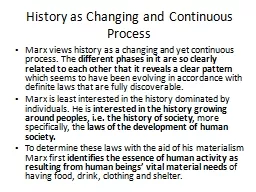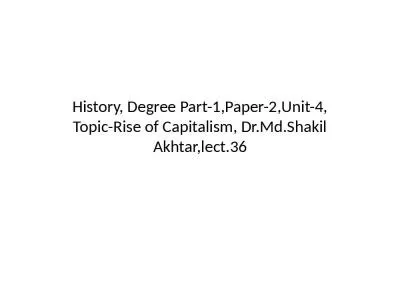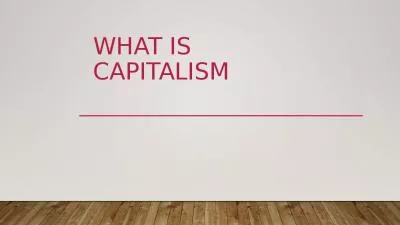PPT-Chapter 10 Capitalist Production and Profits
Author : carneos | Published Date : 2020-06-30
Samuel Bowles Frank Roosevelt Richard Edwards Mehrene Larudee Understanding Capitalism Fourth Edition Copyright 2018 Oxford University Press Figures and Tables
Presentation Embed Code
Download Presentation
Download Presentation The PPT/PDF document "Chapter 10 Capitalist Production and Pro..." is the property of its rightful owner. Permission is granted to download and print the materials on this website for personal, non-commercial use only, and to display it on your personal computer provided you do not modify the materials and that you retain all copyright notices contained in the materials. By downloading content from our website, you accept the terms of this agreement.
Chapter 10 Capitalist Production and Profits: Transcript
Download Rules Of Document
"Chapter 10 Capitalist Production and Profits"The content belongs to its owner. You may download and print it for personal use, without modification, and keep all copyright notices. By downloading, you agree to these terms.
Related Documents

